
What Is Ear Tipping In Cats?
You might have noticed cats with the point of their ear removed and wondered, did they get into a fight? Who would cut the top of a cat’s ear off?
Luckily, there’s actually a good reason for this. It’s called ear tipping, and it’s used to identify feral cats who have been spayed or neutered. If you see ear-tipped cats in your community, it means someone is taking care of the feral cat population and ensuring it doesn’t get out of hand!
One female cat can have up to three litters in one year, starting at four months old. By the time she’s on that third litter, her oldest litter will already be reproducing themselves! This can result in hundreds of kittens very quickly.
Let’s discuss ear tipping, its benefits, and whether it’s good or bad for community cats.
Why Do We Ear Tip Cats?
Ear tipping is when the tip of a cat’s ear is surgically removed. In adult cats, one centimeter at the top of the ear is cut. In kittens, even less is taken due to their ears being smaller. Some groups will tip the cat’s right ear, and other groups will tip the cat’s left ear.
Ear tipping is done on feral cats, stray cats, or community cats during spay or neuter surgery. This tells the community which feral or community cats are intact and which aren’t.
A cat with a tipped ear can be seen from a distance. Cat rescue and TNR groups can know not to trap an ear-tipped cat or to release them if they end up in a live trap.
Identifying an altered stray prevents the cat from being brought to the veterinarian multiple times for the same surgery. It saves rescuers time and puts the cat through less stress.
Ear tipping cats is said to be a universal way of communicating that a cat has been spayed or neutered (source). It’s been done in the United States and in several other countries for over forty years.
What Does An Ear Tipped Cat Look Like?
Here are some community cat cuties with ear tips! Many rescues and humane societies will say that an ear tip doesn’t reduce a cat’s ability to be adopted. Most people don’t care about an ear tip and will still adopt the cat or kitten.
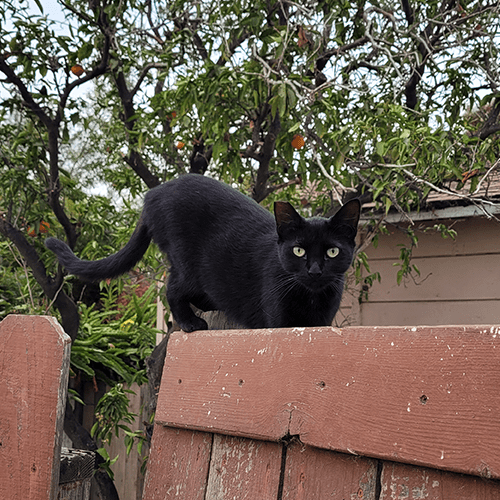
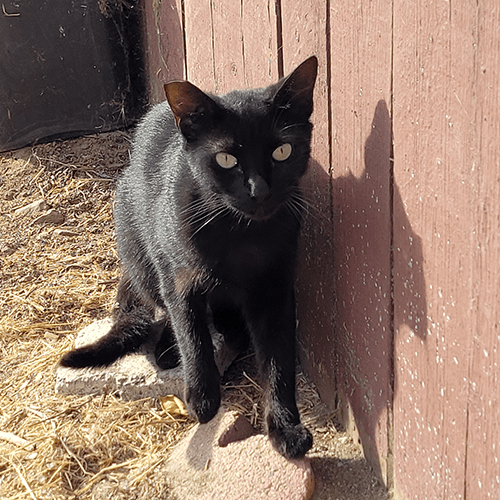

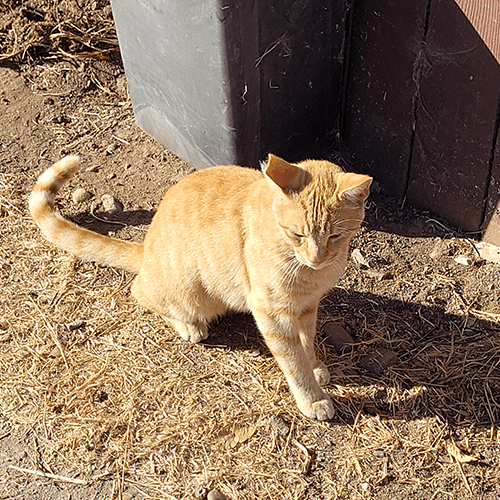
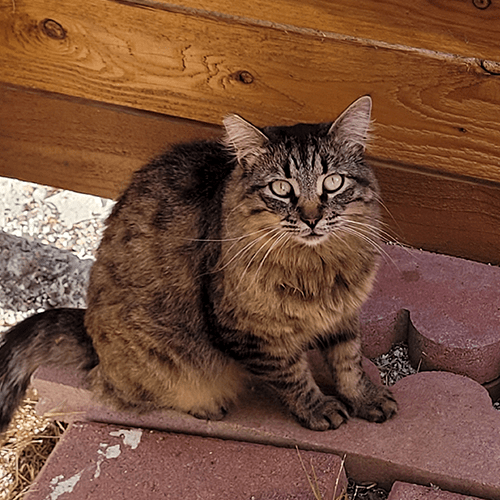
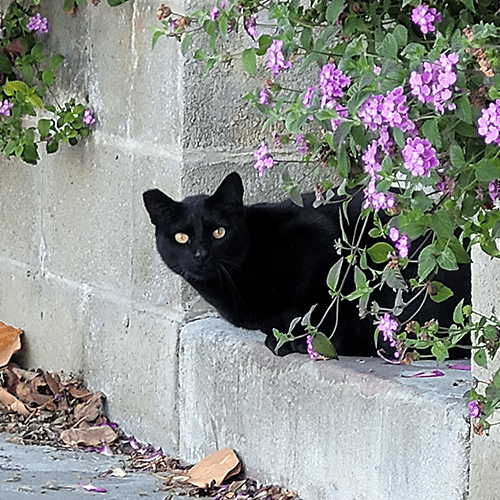
Alternatives To Ear Tipping
Over the years, alternatives to ear tipping have been tried—and failed for several reasons. Let’s look into each.
- Tattoos are still used frequently for pet cats but aren’t easy to see. Someone would have to trap the cat and, in some cases, shave them to notice the tattoo.
- Ear tags can fall off. They can also damage a cat’s ear or become infected, so they aren’t as safe as ear tipping.
- Collars can get caught on branches and other objects, causing them to fall off or strangle the cat. Collars also aren’t safe if the cat grows or gains weight, as they can become too tight around the neck, causing pain or even death.
- Microchips, similar to tattoos, can’t be seen. Someone would have to trap the cat and bring them to a veterinarian or shelter before knowing the cat was spayed or neutered.
- Ear notching is used in some places but is generally not recommended. It can be mistaken for damage to the ear from fights, ear mites, or frostbite.
The safest, most humane, and universally acknowledged way to identify a spayed or neutered cat is with an ear tip on the ear.
Other methods can lead to injury or added stress when the cat is recaptured needlessly. It also leads to wasted resources as someone may spend days or weeks trying to capture a cat only to find that it was unnecessary, and they could’ve spent their time and money helping cats in need.
Does Ear Tipping Hurt The Cat?
The ear tipping procedure is conducted while the cat is under anesthesia during the spay or neuter operation. As a result, the cat doesn’t feel any pain, and there is little or no bleeding because the ear is compressed and bandaged immediately. A cat’s ear heals within a few days with light scabbing. Tipped ears or an ear notch are conducted under sterile conditions, so there should be little risk of infection.
Is Ear Tipping Cruel?
Ear tipping isn’t very controversial, but some people do find it cruel. They see it as an unnecessary cosmetic procedure, even though it is done on outdoor cats.
While this is technically true, the alternative is trapping the same cats multiple times, bringing them to the veterinarian, putting them under anesthesia, and possibly even operating on them before the vet realizes they’ve already been through the procedure. (This is most likely to happen to female cats, as veterinarians can typically see that a male cat is neutered without making the cut.)
This is, of course, all very stressful for a feral cat who gets stressed just by having people nearby. It isn’t fair to them, and it uses a lot of resources that we need elsewhere.
The people doing the work to keep kittens off the street and control local cat populations don’t deserve to have their time, money, or other resources wasted. It would be incredibly inefficient to do things this way, and everyone involved would be worse off for it.
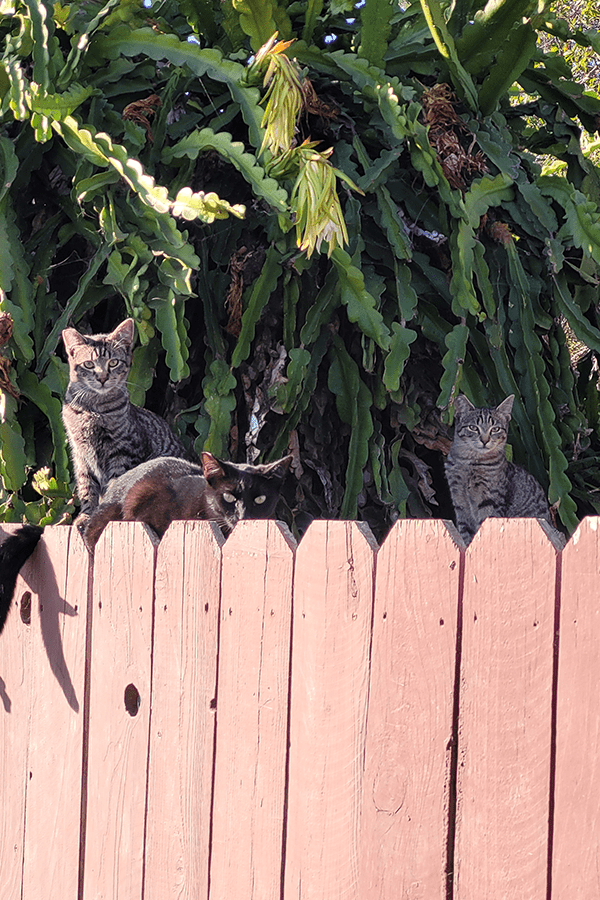
Are Ear-Tipped Cats Vaccinated?
Most tipped cats are vaccinated during the spay and neuter phase of Trap and Return (TNR). Community cats are typically given vaccines for rabies and FVRCP (feline viral rhinotracheitis, calicivirus, and panleukopenia)(source). Rabies vaccines protect feral cats for up to three years.
Animal control programs like this help prevent rabies from spreading amongst cats and wildlife in the area. It also keeps community cat colonies healthier. The more cats in a colony that are vaccinated, the lower the colony’s risk will be as a whole for contagious diseases.
Are TNR Cats Usually Cared For?
Many people practice what’s called TNRM. This means trap, spay/neuter, return, and monitor. In these situations, a caretaker looks out for the cats in the area and provides them with food, water, and shelter.
However, this isn’t always the case. It’s possible someone came into the area to TNR the cats but was unable to provide further care.
If you see an outdoor cat with an ear tip, then it’s likely a feral or neighborhood cat associated with a TNR program. Feral cats do not have owners—so it is generally okay to adopt them if you follow the proper steps.



